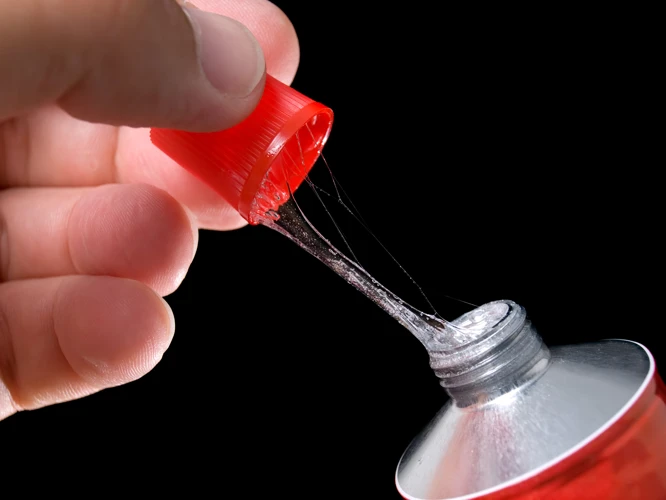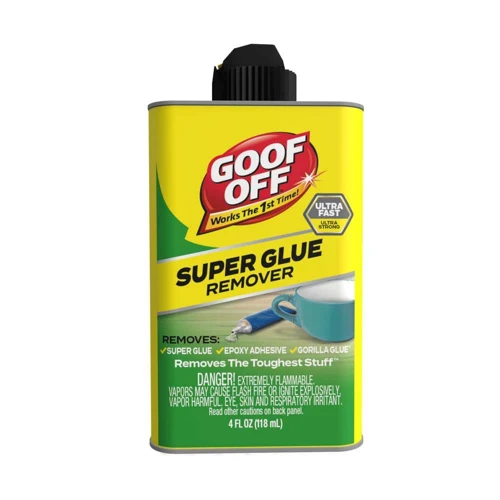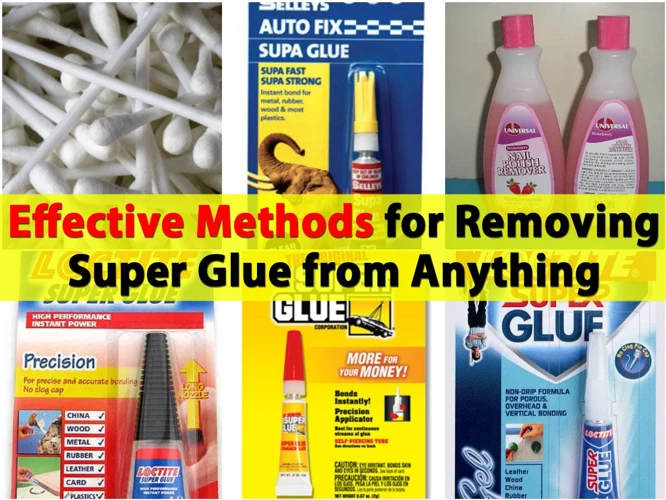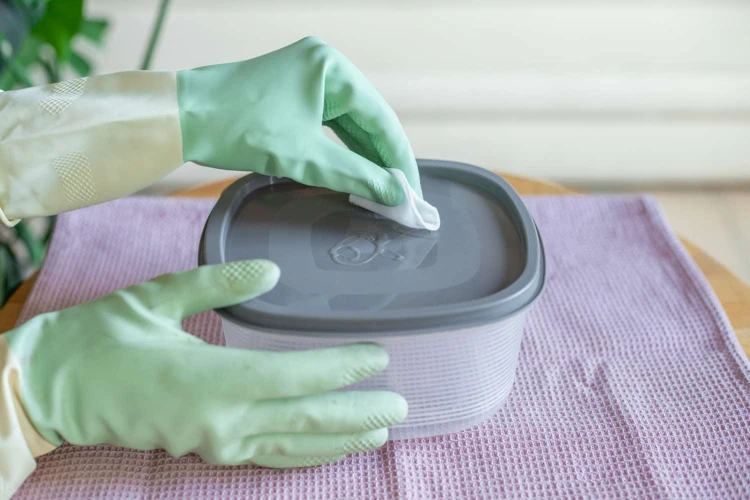Encountering a stubborn super glue stain on rubber can be a frustrating ordeal. The bond it forms is incredibly strong, but not impossible to break. Whether it’s on your car tires, shoes, or rubber seals, knowing how to remove super glue from rubber is an essential skill. This guide will provide you with comprehensive methods to tackle the challenge effectively, restoring your rubber items to their former glory.
Preparation for Cleaning Rubber Surfaces
Materials Needed
- Cotton swabs or soft cloths
- Protective gloves
- Rubber conditioner (optional)
- Various solvents (acetone, rubbing alcohol, etc.)
Safety Precautions
Before embarking on the super glue removal process, it’s crucial to prioritize your safety. Wear protective gloves to shield your skin from harsh chemicals and ensure you’re working in a well-ventilated area to avoid inhaling fumes.
How to Remove Super Glue from Rubber
Mechanical Removal Methods
To begin, gently scrape off excess glue with a plastic scraper or the edge of a credit card. Avoid using metal tools which can damage the rubber surface. If the glue remains resilient, you may need to explore additional methods.
Chemical Solvents to Dissolve Super Glue
Acetone is a potent solvent commonly used in super glue removal. Apply a small amount to a cotton swab and dab it onto the glue, allowing it to weaken the adhesive’s bond. After a few minutes, wipe away the residue. Be mindful that acetone may discolor certain types of rubber, so testing on a small, inconspicuous area first is advisable.
DIY Glue Removal Solutions
For a homemade approach, mix a solution of warm soapy water and immerse the rubber item, if possible. This method might require patience and repeated soaking to achieve the desired outcome.
Non-toxic Glue Removers
Consider using non-toxic glue removers as a safer alternative. Products like Goo Gone are designed to combat sticky substances without the harsh side effects of acetone.
Homemade Super Glue Solvent Recipes
Create your own solvent by mixing equal parts of coconut oil and baking soda. Apply the paste to the glue, let it sit for about 15 minutes, then rub it off gently.
Super Glue Cleanup Techniques
After the super glue has been removed, clean the area thoroughly with soapy water to remove any solvent residue. A final rinse with clear water should leave the rubber surface pristine.
Adhesive Removal Tips
Time is of the essence when dealing with super glue. Acting swiftly can prevent the glue from fully curing, making it easier to remove. If the glue has hardened, reheating the rubber slightly with a hairdryer may soften the adhesive, facilitating removal.
Rubber Care and Maintenance Post Super Glue Removal
Rubber Conditioning
After cleaning, consider applying a rubber conditioner to replenish any oils lost during the cleaning process, thus keeping the rubber supple and preventing cracks.
Preventative Measures for Future Spills
Prevention is always better than cure. When using super glue near rubber surfaces in the future, lay down protective coverings and work with precision to avoid accidental spills.
If you’ve ever had the unfortunate experience of getting super glue on various surfaces, you know how tricky it can be to remove. Whether it’s rubber, tile, ceramic, or porcelain, each material requires a different approach. While we have a detailed guide on how to get super glue off rubber, you might also find yourself needing to remove super glue from other surfaces in your home. For those situations, check out our comprehensive articles on how to get super glue off tile, how to get super glue off ceramic, and how to get super glue off porcelain. Each guide provides tailored tips and methods to ensure you can tackle the sticky situation without damaging your surfaces.
Conclusion and Summary of Super Glue Removal
In conclusion, while removing super glue from rubber can be daunting, with the right approach and materials, it is definitely achievable. Remember to proceed with caution, use the appropriate solvents, and always follow up with proper rubber care and maintenance.



